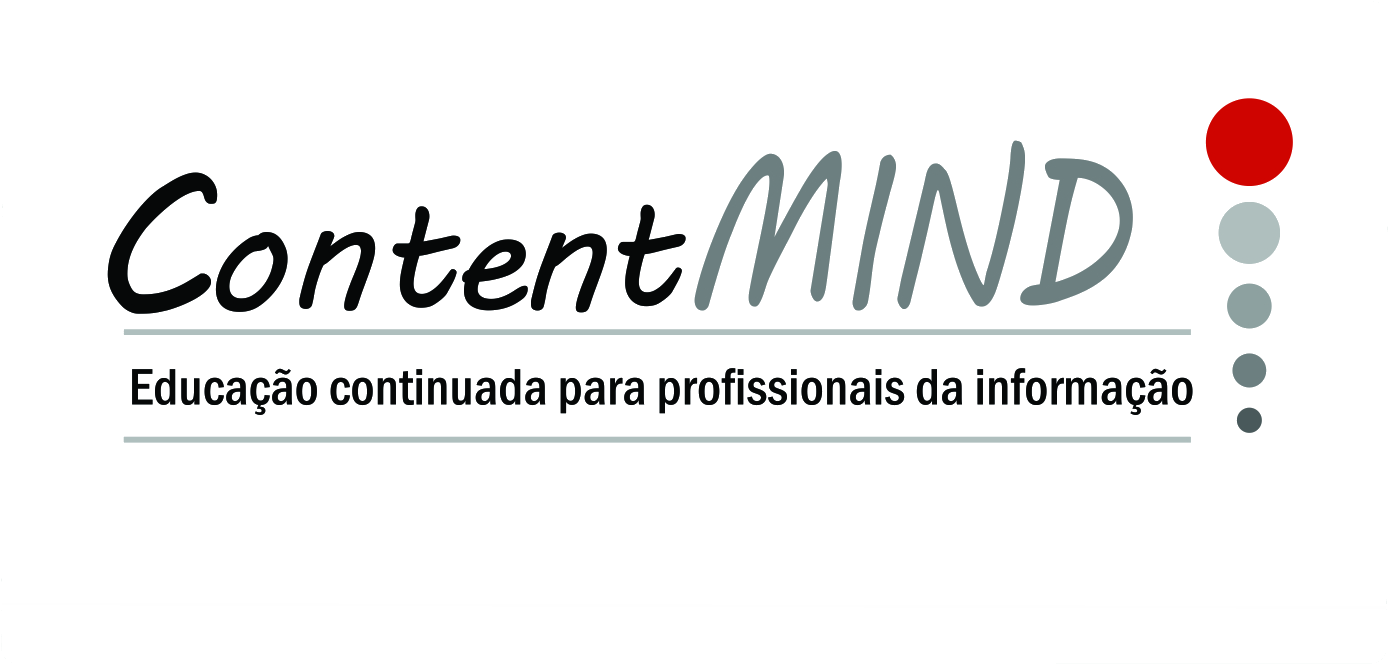Arquigrafia e architext mining
o apoio à pesquisa em arquitetura a partir de imagens e textos
Resumo
Este trabalho revisa duas ferramentas digitais pensadas como apoio à pesquisa em arquitetura e urbanismo apoiadas em dois formatos de informação distintos: imagens (Arquigrafia) e textos (ArchiteXt Mining). O “Arquigrafia” é um projeto iconográfico temático Web 2.0, centrado na área de arquitetura e urbanismo, que se caracteriza por uma natureza híbrida – ao congregar usuários institucionais e usuários particulares cooperando na constituição de uma mesma constelação de imagens digitais em crescimento contínuo online desde 2010 – como plataforma pública, gratuita e aberta. O “ArchiteXt Mining” (que é um acrônimo de Architectural Text Mining) é um projeto de pesquisa subvencionado pelo Governo da Espanha que propõe o uso das mais avançadas técnicas de análise de dados para a criação de uma nova ferramenta. Sua função é facilitar o trabalho de pesquisadores que se valem de revistas de arquitetura como fonte de informação. As possibilidades atuais da ciência da computação nos permitem pretender algo impossível até então: realizar una análise geral dos conteúdos de publicações periódicas especializadas. Esta comunicação irá apresentar aspectos da trajetória e dos propósitos motivadores destes.
Downloads
Métricas
Referências
ANDERSON, Paul. Web 2.0 and Beyond: Principles and Technologies. Boca Raton: CRC Press, 2016. DOI: https://doi.org/10.1201/b12087
ANTOUN, Henrique (Org.). Web 2.0 – participação e vigilância na era da comunicação distribuída. Rio de Janeiro: Mauad Editora Ltda., 2014.
BONTA, Juan Pablo. American Architects and Texts: A Computer-Aided Analysis of the Literature. Cambridge (Mass.): The MIT Press, 1996.
CASSIRER, E. A Filosofia das formas simbólicas. São Paulo: Martins Fontes, 2001.
CHARTIER, Roger. El mundo como representación. Historia cultural: entre práctica y representación. Barcelona: Gedisa, 1992.
COLAS, Fabrice; BRAZDIL, Pavel. On the Behavior of SVM and Some Older Algorithms in Binary Text Classification Tasks. In: SOJKA, Petr; KOPEČEK, Ivan; PALA, Karel. (eds.) Text, Speech and Dialogue [9th International Conference, TSD 2006, Brno, Czech Republic, September 11-15, 2006. Proceedings]. Part of the Lecture Notes in Computer Science Book Series, vol 4188. Berlín, Heidelberg: Springer, 2006, 45-52.
ESTEBAN MALUENDA, Ana; SAN PABLO MORENO, Luis. “ArchiteXt Minig: Taking advantage of Periodicals as an Architectural Data Base”. CIRAS Discussion Paper. Kyoto: Center for Information Resources or Area Studies, Kyoto University, N. 81, 2018, pp. 24-30.
ESTEBAN MALUENDA, Ana; SAN PABLO MORENO, Luis; FERNÁNDEZ RODRIGUEZ, Francisco. “ArchiteXt Minig Project: Developments and Adjustments since the 2017 Symposium in Kyoto”. CIRAS Discussion Paper. Kyoto: Center for Information Resources or Area Studies, Kyoto University, N. 81, 2018, pp. 80-85.
FELDMAN, Ronen; SANGER, James. The Text Mining Handbook: Advanced Approaches in Analyzing Unstructured Data. Cambridge: Cambridge University Press, 2007. DOI: https://doi.org/10.1017/CBO9780511546914
FOCILLON, Henri. La vie des formes. Paris: Alcan, 1939.
FOSTER, Allen; RAFFERTY, Pauline. Managing Digital Cultural Objects: Analysis, discovery and retrieval. London: Facet Publishing, 2016. DOI: https://doi.org/10.29085/9781783301539
FRANCASTEL, P. Imagem, visão e imaginação. São Paulo: Martins Fontes, 1987.
_______________. Pintura e sociedade. São Paulo: Martins Fontes, 1990.
GARIBALDI, Roberta. The use of Web 2.0 tools by Italian contemporary art museums. Museum Management and Curatorship, volume 30, Issue 3, 2015. DOI: https://doi.org/10.1080/09647775.2015.1043329
LAPLANTINE, François. L’Anthropologie. Paris: Payot, 2001.
LÉVY, J.J. Entretiens avec François Laplantine – Anthropologies latérales. Montreal: Liber, 2002.
LÓPEZ et al. The presence of Web 2.0 tools on museum websites: a comparative study between England, France, Spain, Italy, and the USA. Museum Management and Curatorship, volume 25, Issue 2, 2010. DOI: https://doi.org/10.1080/09647771003737356
LYNCH, Patrick J.; HORTON, Sarah. Web Style Guide – Foundations of User Experience Design. New Haven: Yale University Press, 2016.
MALRAUX, André. Le Musée Imaginaire: psychologie de l’art. Paris: Skira, 1947.
O’REILLY, Tim. What is the Web 2.0 – Design Patterns and Businnes Models for the Next Generation of Software. Sebastopol: O’Reilly Media Inc., 2009.
OSGOOD, C.E. The Nature and Measurement of Meaning. In: Language, Meaning and Culture: the selected papers of C.E. Osgood / edited by Charles E. Osgood and Oliver C.S. Tzeng. New York: Praeger Publishers, 1990.
PANOFSKY, E. Significado nas artes visuais. São Paulo: Perspectiva, 2002.
RIDGE, Mia (Ed.). Crowdsourcing our Cultural Heritage. NY: Routledge, 2016. DOI: https://doi.org/10.4324/9781315575162
RIEGL, A. Arte tardoromana. Torino: Giulio Einaudi editore, 1959.
ROZESTRATEN, Artur; PEREIRA, Diogo A. M. (Orgs.) Arquigrafia entre 2009 e 2014. São Paulo: FAUUSP, 2015.
ROZESTRATEN, Artur; DE ANDRADE, Beatriz M.; GASTAL, Fernanda. Manual de Procedimentos Técnicos do Projeto Arquigrafia. 2ª Edição. São Paulo: FAUUSP, 2018. DOI: https://doi.org/10.11606/9788580891348
ROZESTRATEN, Artur S.; BERTHOLDO, Ana Paula O.; KERSUL FARIA, João Henrique; CORRÊA DA SILVA, Flávio Soares. Pojeto Piloto Arquigrafia – Open-Air Museum. Computação Brasil - Revista da Sociedade Brasileira de Computação (SBC). Porto Alegre: SBC, n.35, ed. 3, 2017.
SALLIS, Philip; SHANMUGANATHAN, Subana. A Blended Text Mining Method for Authorship Authentification. In: Analysis, Modelling & Simulation, 2008. AICMS 08. Second Asia International Conference. On: IEEE Explore Digital Library (https://ieeexplore.ieee.org/document/4530518/, search data: 05/08/2018)
SHELLY, Garry B.; FRYDENBERG, ark. Web 2.0: Concepts and applications. Shelly Cashman Series. Boston: Bentley University, 2011.
WARBURG, Aby. Der Bilderatlas Mnemosyne. Berlim: Akademie Verlag, 2003.
WÖLFFLIN, E. Conceptos fundamentales de la Historia del Arte. Madrid: Espasa-Calpe S.A., 1945.
Copyright
Copyright (c) 2023 Artur Rozestraten

Este trabalho está licenciado sob uma licença Creative Commons Attribution 4.0 International License.








